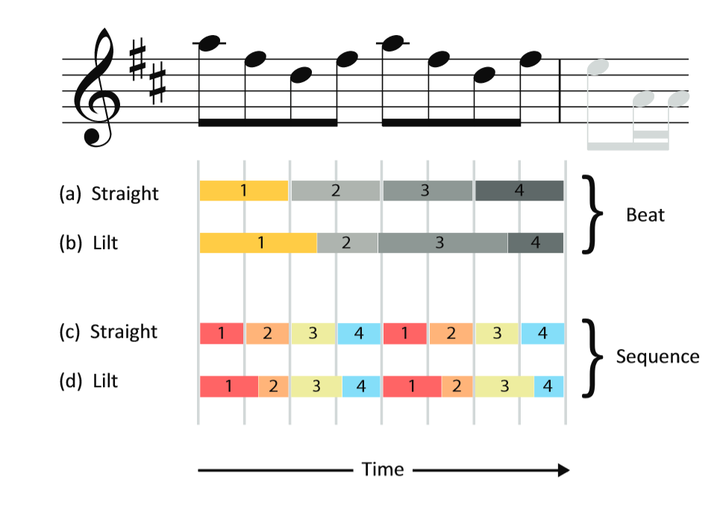
Abstract
This work aims to characterize microtiming variations in traditional Shetland fiddle music. These microtiming variations dictate the rhythmic flow of a performed melody, and contribute, among other things, to the suitability of this music as an accompaniment to dancing. In the context of Shetland fiddle music, these microtiming variations are often referred to as lilt. Using a corpus of 27 traditional fiddle tunes from the Shetland Isles, we examine inter-beat timing deviations, as well as inter-onset timing deviations of eighth note sequences. Results show a number of distinct inter-beat and inter-onset rhythmic patterns that may characterize lilt, as well as idiosyncratic patterns for each performer. This paper presents a first step towards the use of Music Information Retrieval (MIR) techniques for modelling lilt in traditional Scottish fiddle music, and highlights its implications in the field of ethnomusicology.